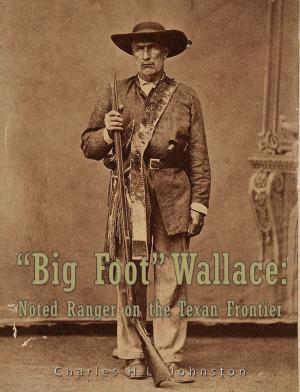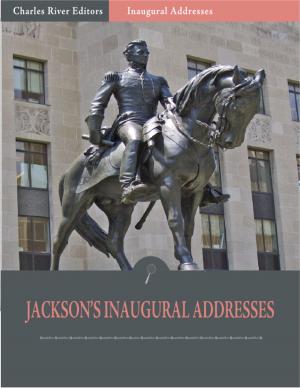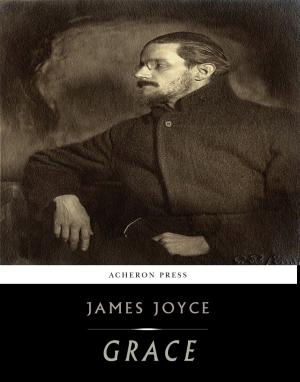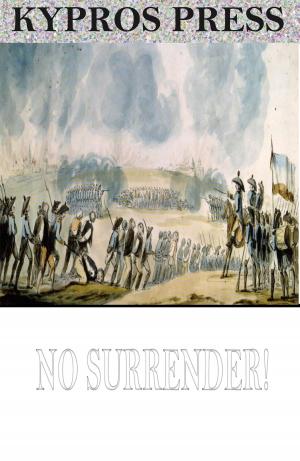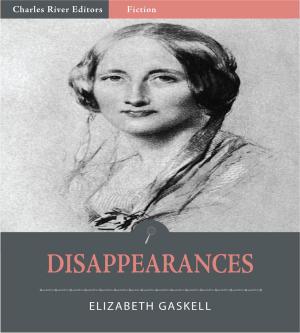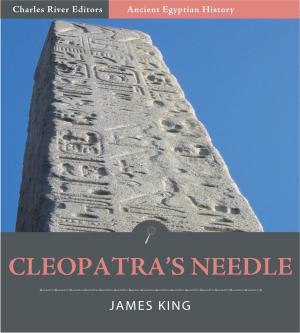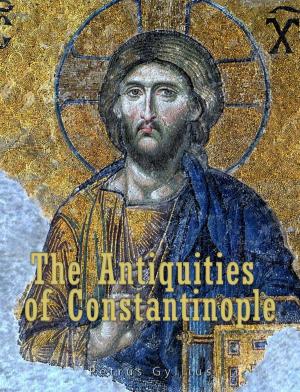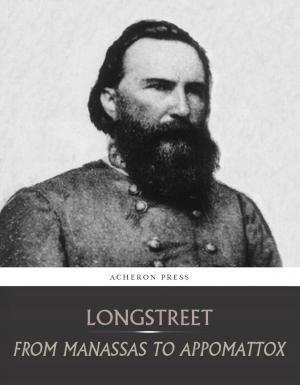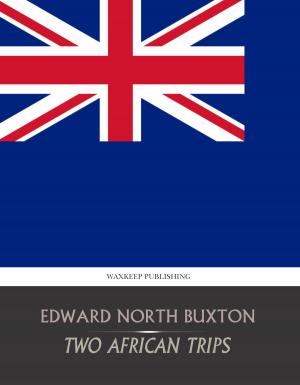The Birth of the Nation
Jamestown 1607
Nonfiction, History, Americas, United States, Colonial Period (1600-1775), British| Author: | Sara Agnes Rice Pryor | ISBN: | 9781508007609 |
| Publisher: | Charles River Editors | Publication: | March 22, 2018 |
| Imprint: | Charles River Editors | Language: | English |
| Author: | Sara Agnes Rice Pryor |
| ISBN: | 9781508007609 |
| Publisher: | Charles River Editors |
| Publication: | March 22, 2018 |
| Imprint: | Charles River Editors |
| Language: | English |
Pyrrhus Press specializes in bringing books long out of date back to life, allowing today’s readers access to yesterday’s treasures.
"When you send againe I entreat you rather send but thirty Carpenters, husbandmen, gardiners, fishermen, blacksmiths, masons and diggers up of trees, roots, well provided; than a thousand of such as wee have: for except wee be able both to lodge them and feed them, the most will consume with want of necessaries before they can be made good for anything." – John Smith
John Smith is one of the most common names in the English language and akin to the use of John Doe, but every Briton and American is familiar with the explorer and mercenary Captain John Smith, who helped found the first permanent English colony in the New World at Jamestown in 1607. Jamestown is fondly remembered today for being the first permanent English settlement in the colonies, but it was not fondly remembered by those who lived and died there. The English quickly learned it would be difficult to establish a permanent settlement because of the poor weather, the swampy terrain, the hostile natives living nearby, and the general inexperience and ineptitude of the English settlers. During their first winter, everyone nearly starved, and more than half of the settlers died. By the end of the winter of 1609-1610, known as the “starving time”, barely 10% of the settlers were still alive.
Nevertheless, Jamestown is remembered today because the settlement did survive through the hardships and go on to serve as the capital of the English colony for much of the 17th century. At the same time, one of the biggest reasons for its survival and fame today can be attributed to the local Native Americans, particularly Pocahontas, who has added both a human and romanticized, mythological element to Jamestown. She was the daughter of the paramount chief (mamanatowick) Powhatan, leader of an Algonquian-speaking native group in eastern Virginia. It was this group that Smith and the other English settlers came into contact with, and Smith credited her with saving him from being killed by the Native Americans. After that, Smith was able to establish relatively friendly relations and trade with the local inhabitants, ensuring Jamestown’s survival.
Jamestown has often been cast as the backdrop of this unique relationship, one that the colonists sought to portray as representative of relations with Native Americans. Subsequent retellings of the story have often fictitiously cast Smith and Pocahontas lovers and even husband and wife, portraying both characters in a more romantic and positive light. While their relationship has been the subject of countless historical texts and even children’s books, it has no historical basis in fact, and there is still even some doubt over whether she saved Smith’s life in the famous encounter that has ensured her name remains instantly recognizable nearly 400 years after her death.
Pyrrhus Press specializes in bringing books long out of date back to life, allowing today’s readers access to yesterday’s treasures.
"When you send againe I entreat you rather send but thirty Carpenters, husbandmen, gardiners, fishermen, blacksmiths, masons and diggers up of trees, roots, well provided; than a thousand of such as wee have: for except wee be able both to lodge them and feed them, the most will consume with want of necessaries before they can be made good for anything." – John Smith
John Smith is one of the most common names in the English language and akin to the use of John Doe, but every Briton and American is familiar with the explorer and mercenary Captain John Smith, who helped found the first permanent English colony in the New World at Jamestown in 1607. Jamestown is fondly remembered today for being the first permanent English settlement in the colonies, but it was not fondly remembered by those who lived and died there. The English quickly learned it would be difficult to establish a permanent settlement because of the poor weather, the swampy terrain, the hostile natives living nearby, and the general inexperience and ineptitude of the English settlers. During their first winter, everyone nearly starved, and more than half of the settlers died. By the end of the winter of 1609-1610, known as the “starving time”, barely 10% of the settlers were still alive.
Nevertheless, Jamestown is remembered today because the settlement did survive through the hardships and go on to serve as the capital of the English colony for much of the 17th century. At the same time, one of the biggest reasons for its survival and fame today can be attributed to the local Native Americans, particularly Pocahontas, who has added both a human and romanticized, mythological element to Jamestown. She was the daughter of the paramount chief (mamanatowick) Powhatan, leader of an Algonquian-speaking native group in eastern Virginia. It was this group that Smith and the other English settlers came into contact with, and Smith credited her with saving him from being killed by the Native Americans. After that, Smith was able to establish relatively friendly relations and trade with the local inhabitants, ensuring Jamestown’s survival.
Jamestown has often been cast as the backdrop of this unique relationship, one that the colonists sought to portray as representative of relations with Native Americans. Subsequent retellings of the story have often fictitiously cast Smith and Pocahontas lovers and even husband and wife, portraying both characters in a more romantic and positive light. While their relationship has been the subject of countless historical texts and even children’s books, it has no historical basis in fact, and there is still even some doubt over whether she saved Smith’s life in the famous encounter that has ensured her name remains instantly recognizable nearly 400 years after her death.

